Pho Hien in the past, and then Hung Yen city today, like a life, also followed the law of prosperity - decline, decline - prosperity, due to the changes of nature and the times. At the end of the 16th century, the beginning of the 17th century, due to the need to develop domestic and foreign trade, combined with the favorable geographical location: On the Red River, the most important waterway in Dang Ngoai connecting the capital Thang Long with the East Sea, opening up the vast plains, midlands of the North and the vast world , Pho Hien became a bustling port, a metropolis, "little Trang An", second only to Thang Long "First Kinh Ky - Second Pho Hien". Due to the changes in the flow of the Red River and changes in the country's governance policy of the Le - Trinh dynasty, the invasion of Indochina by French colonialists, the golden age of Pho Hien only remained in memory. The land of "Second Pho Hien" also experienced a few times of prosperity and decline later. In 1831, King Minh Mang (Nguyen Dynasty) decided to establish Hung Yen province, with Pho Hien as the capital. Then Hung Yen was occupied by France. The colonial government established its headquarters here. Offices and houses sprang up, the town formed streets, with hospitals, wharves, bus stations, and makeshift helicopter airports... Although it was no longer as bustling as before, Pho Hien still had the appearance of a neighboring urban area with Hanoi, Hai Phong... The August Revolution in 1945 had not been successful for long, the day of national resistance (December 19, 1946) had arrived. Hung Yen town implemented the policy of "scorched earth resistance", gradually becoming desolate. The provincial headquarters withdrew into secrecy, evacuated to the countryside, while some people evacuated to free zones, others stayed to make a living, creating a solid rear for the revolution. In May 1954, peace was restored, the town revived, entering the period of building socialism. On January 26, 1968, Hung Yen merged with Hai Duong to form Hai Hung province, with the provincial capital in Hai Duong town; Hung Yen was still a town but its role was obscure. From 1964 to 1975, the country was still poor because it had to concentrate human and material resources on the resistance war against the US to save the country. During those more than ten years, Hung Yen town changed little, sometimes even seemed to be "forgotten" as in the song: "Who comes back to Hung Yen town/When it rains, there is water, at midnight there is electricity" (electricity).
On January 1, 1997, after 29 years of unification, Hung Yen province was re-established, Hung Yen town was "returned to its name" and returned to its old position - capital - on the foundation of the old Pho Hien. From here, Hung Yen town entered the most remarkable revival and development in its history.
12 years after the re-establishment of the province, the town was upgraded to Hung Yen city directly under the province (according to Decree No. 04/ND-CP dated January 19, 2009 of the Government). After the difficulties and struggles of the "newly established" period, the city has now grown steadily and is changing day by day, along with the general progress of the homeland and the country. In terms of scale, from a small town, Hung Yen city now has 7 wards, 10 communes, and a population of 118,646 people (2020). The traffic infrastructure has been developed synchronously, promoting trade and economic and social development. The city has overcome the "dead-end" and isolation situation with bridges over the Red River and Luoc River (Yen Lenh Bridge, Hung Ha Bridge) and wide, flat asphalt roads like giant arms reaching out in all directions. The underground sewer system like a chessboard runs along the inner-city routes, ending the flooding situation. The sidewalks are paved with durable blue stone. The inter-village and inter-commune suburban roads are also asphalted and concreted. A series of large and beautiful constructions have been built: Nguyen Van Linh Square, Provincial Museum, Provincial Post Office ... Constructions serving the people's lives have sprung up one after another. In the Pho Hien special national relic complex, temples and pagodas have been renovated, embellished, and the cultural values of our ancestors have been preserved. The amusement park - sports center associated with An Vu 1 Lake, An Vu 2 Lake, and Ban Nguyet Lake have been expanded, filled with the laughter of children in the morning and evening, and the leisurely footsteps of the elderly. Hung Yen City is like a picture of even development in all aspects of economy - culture - society, worthy of being the capital of the province.
A visitor from far away asked, "What is special about the city where you live?"
The answer is: Hung Yen is a beautiful and friendly city. The city harmonizes ancient and modern beauty, old and new, vibrant and peaceful, development and environmental preservation. In the youthful, vibrant space, the sound of temple bells echoes somewhere, making our souls calm at sunset. Beside the undulating streets and high-rise buildings, the immense lotus pond silently spreads its fragrance. The large lake regulates the breathing of the city, and the storks still hover every afternoon. Hung Yen is the land of longan. Longan trees shade the streets, in suburban gardens, and bloom every spring...
Although it is not my birthplace, I have spent more than half of my life in this city. I am witnessing the rapid transformation of my beloved city, continuing to do what is left to achieve the goal of becoming a class II urban area by 2025.
Nguyen Nguyen Tan
Source


![[Photo] General Secretary To Lam attends the conference to review 10 years of implementing Directive No. 05 of the Politburo and evaluate the results of implementing Regulation No. 09 of the Central Public Security Party Committee.](https://vphoto.vietnam.vn/thumb/1200x675/vietnam/resource/IMAGE/2025/5/19/2f44458c655a4403acd7929dbbfa5039)
![[Photo] President Luong Cuong presents the 40-year Party membership badge to Chief of the Office of the President Le Khanh Hai](https://vphoto.vietnam.vn/thumb/1200x675/vietnam/resource/IMAGE/2025/5/19/a22bc55dd7bf4a2ab7e3958d32282c15)
![[Photo] Close-up of Tang Long Bridge, Thu Duc City after repairing rutting](https://vphoto.vietnam.vn/thumb/1200x675/vietnam/resource/IMAGE/2025/5/19/086736d9d11f43198f5bd8d78df9bd41)


![[Photo] Panorama of the Opening Ceremony of the 43rd Nhan Dan Newspaper National Table Tennis Championship](https://vphoto.vietnam.vn/thumb/1200x675/vietnam/resource/IMAGE/2025/5/19/5e22950340b941309280448198bcf1d9)
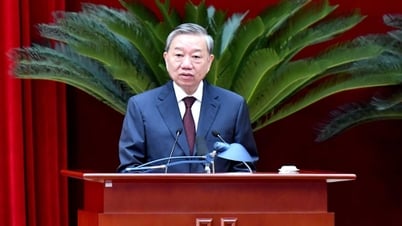


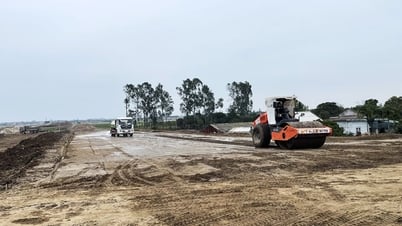


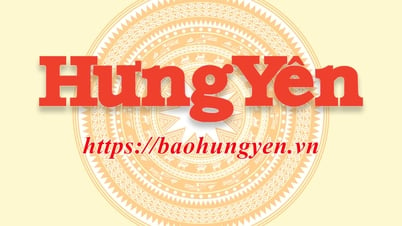

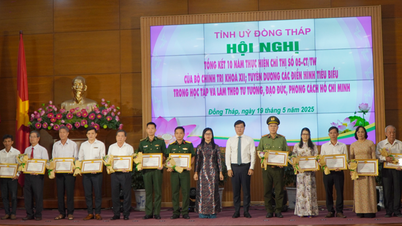


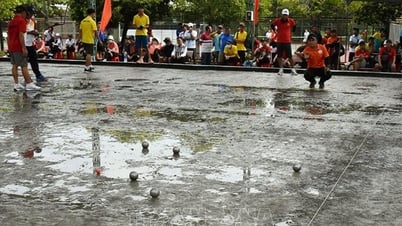
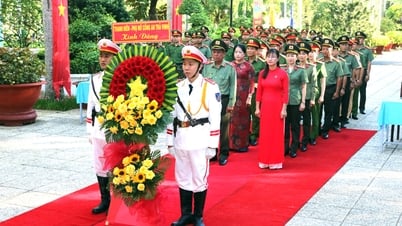
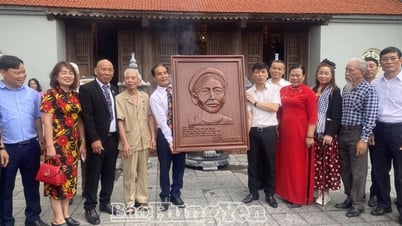





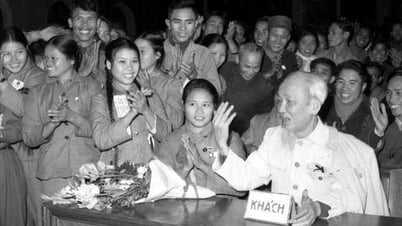


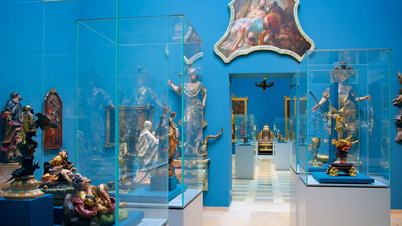

![[Photo] Prime Minister Pham Minh Chinh inspects the progress of the National Exhibition and Fair Center project](https://vphoto.vietnam.vn/thumb/1200x675/vietnam/resource/IMAGE/2025/5/19/35189ac8807140d897ad2b7d2583fbae)









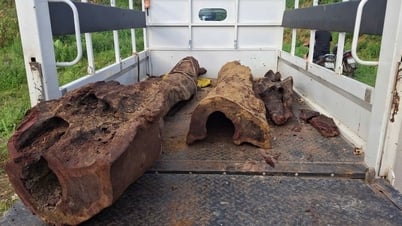





































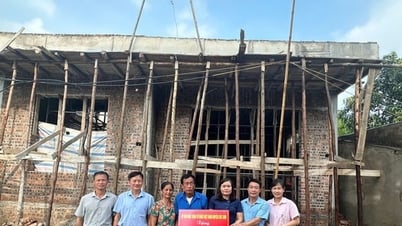


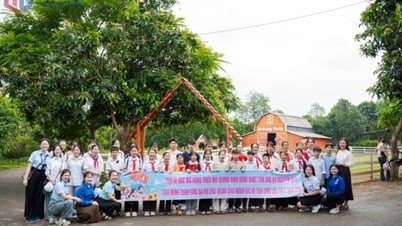

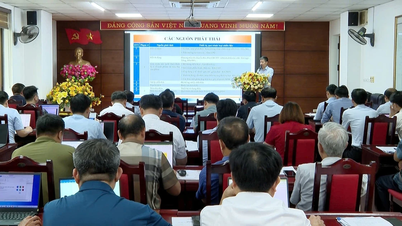

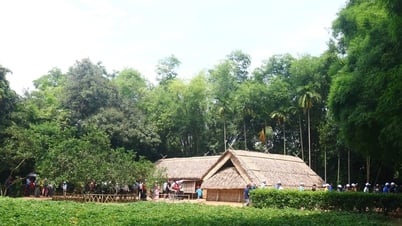

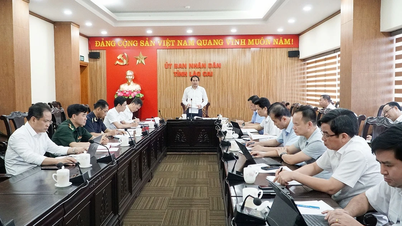




![[VIDEO] - Enhancing the value of Quang Nam OCOP products through trade connections](https://vphoto.vietnam.vn/thumb/402x226/vietnam/resource/IMAGE/2025/5/17/5be5b5fff1f14914986fad159097a677)





Comment (0)